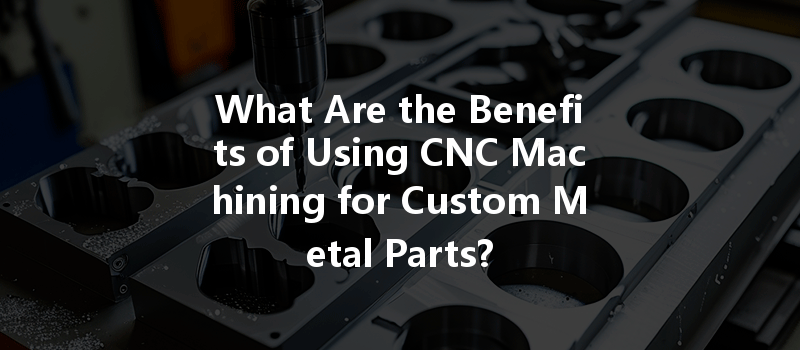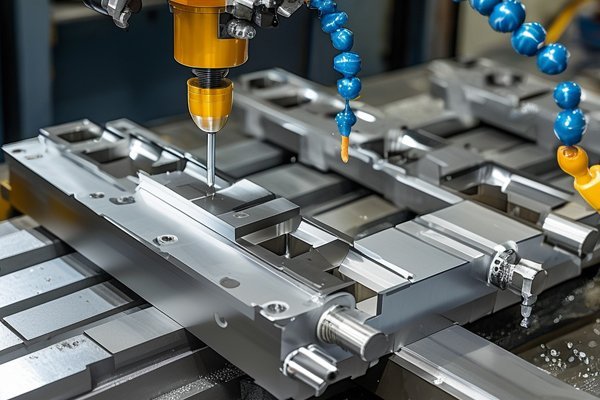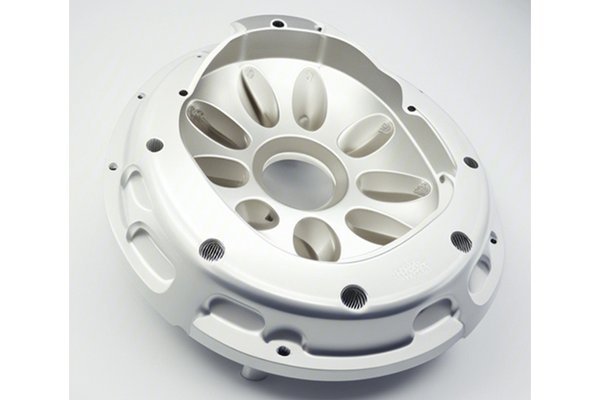Did you know that modern CNC (Computer Numerical Control) machining is responsible for producing intricate components used in everything from medical devices to automotive parts? According to a report by Grand View Research, the global CNC machining market is expected to reach a staggering $100.18 billion by 2025, growing at a CAGR of 6.5%. This significant growth illustrates a robust demand for precision manufacturing technologies, specifically CNC machining for custom metal parts.
In this blog, we will delve deeply into the advantages of CNC machining for custom metal parts, exploring how it enhances efficiency and quality in manufacturing. We will examine various aspects, such as the precision it offers, the materials that can be used, the cost-effectiveness of the process, and why businesses should consider integrating CNC machining into their operations.
The Evolution of CNC Machining
CNC machining has developed tremendously since its inception in the 1940s. Originally adopted for military and aerospace applications, the technology has seen increased adoption in various sectors, including automotive, electronics, and consumer goods. The original machines operated on punched tape or cards, but with advancements in computer technology, today’s CNC machines are highly sophisticated, capable of executing complex geometries and maintaining tight tolerances.
Benefits of CNC Machining for Custom Metal Parts
One of the most significant advantages of CNC machining is its unparalleled precision. CNC machines operate under computer control, which offers an exactness that traditional machining methods cannot match. For industries that demand high tolerance levels, such as aerospace and medical, CNC machining ensures that each design meets exact specifications. Precision is paramount not only for the part’s functionality but also for ensuring the safety and integrity of the larger assembly.
CNC machining accommodates a wide variety of materials, making it a versatile choice for producing custom metal parts. Common metals used in CNC machining include:
This material versatility allows for complex designs that would be impossible with other manufacturing methods.
Traditional machining methods often result in excess waste from the cutting process. CNC machining significantly minimizes material waste by employing precise cutting tools that generate less scrap. Moreover, the advanced software used in CNC machining can simulate the entire production process, allowing manufacturers to identify inefficiencies and optimize designs before production. This waste reduction not only benefits the environment but also contributes to cost savings.
While the initial investment in CNC machinery may be higher than traditional methods, the long-term savings are noteworthy. CNC machining delivers faster production times, which reduces labor costs. Additionally, the efficiency of CNC machining—given its ability to operate continuously and produce parts with minimal oversight—helps lower overall production costs. In the long run, businesses find that CNC machining can be both an economical and productive choice for custom metal parts manufacturing.

CNC machining shines when it comes to creating intricate shapes and designs. Through the use of advanced CAD (Computer-Aided Design) software, engineers can create highly intricate models that machines can reproduce with unmatched accuracy. Whether you need a delicate medical device or a robust automotive part, CNC machines adapt to a wide range of complexity levels, ensuring that designs are realized as intended.
In manufacturing, maintaining consistency is crucial, especially for large-scale production. CNC machines can run automated processes with the same exactness, producing hundreds or thousands of identical components. This repeatability means that quality control becomes much easier, as deviations from the desired specifications can be minimized. Advanced CNC machines also often come equipped with monitoring technology that alerts operators if any discrepancies arise during production.
The automation of CNC machining significantly reduces production times compared to more manual methods. Parts that would take hours or even days to craft can be produced in mere minutes. This advantage is particularly beneficial for industries that operate under tight timelines or need to respond swiftly to market demands.
CNC machining requires fewer personnel than traditional manufacturing methods. Once set up, a single operator can oversee multiple machines, which helps to keep labor costs down. As businesses aim for leaner operations, this reduction in labor needs can enhance profitability.
One of the core benefits of CNC machining is the ability to customize products quickly and effectively. With CNC technology, any change in design can be executed with minimal adjustments, allowing manufacturers to adapt to customer specifications without the need for extensive retooling or downtime.
The speed of CNC machines often translates to faster time-to-market for custom metal parts. Businesses that can produce and deliver products more quickly stand a better chance of satisfying customer needs and gaining a competitive edge.
CNC machining presents myriad benefits for custom metal parts manufacturing. Its precision, cost-effectiveness, adaptability to complex designs, and reduced waste contribute not only to enhanced product quality but also to the overall efficiency of the manufacturing process.
As we move toward a more technology-driven future, industries must consider the crucial role that CNC machining can play in ensuring they stay competitive. Not only does it maximize production capabilities, but it also allows for exceptional customization and responsiveness to market demands.
In an era where quality and speed are critical, the integration of CNC machining into manufacturing operations is not just an option; it’s imperative for sustainable growth and innovation. By understanding and leveraging the advantages of CNC machining for custom metal parts, businesses position themselves for success in an increasingly complex and demanding manufacturing landscape.
As you ponder the insights shared in this blog, consider how adopting CNC machining could revolutionize your production processes, cut costs, and drive your business forward. The landscape of manufacturing is changing, and staying ahead means investing in advanced technologies that will define the future.






